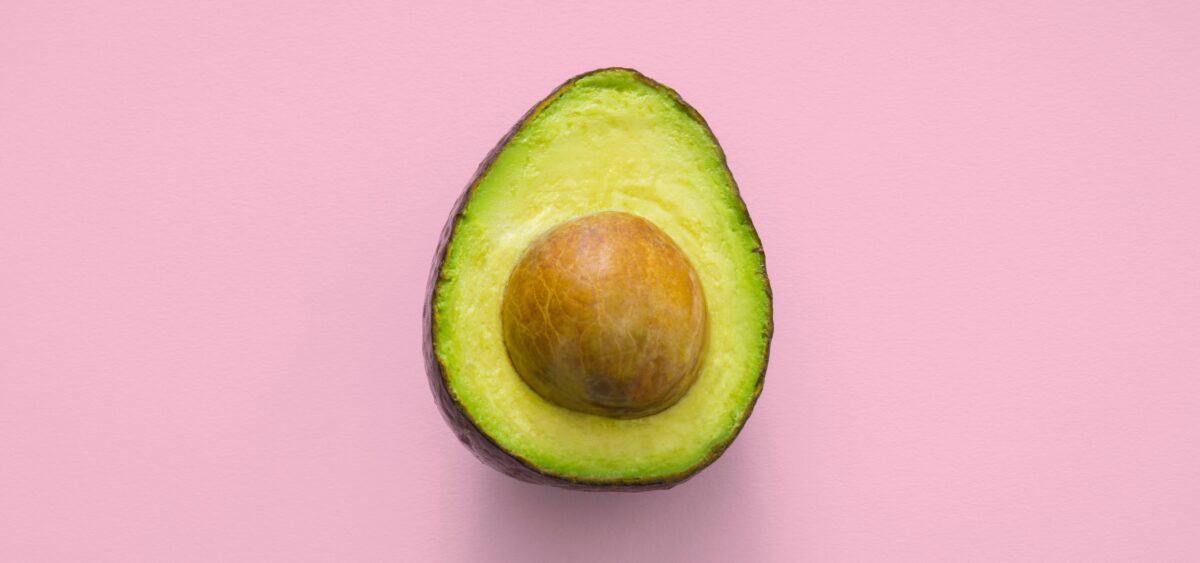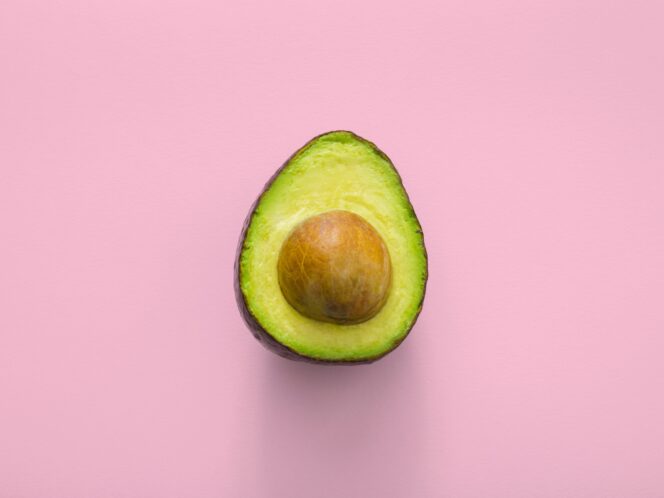
Among the foods that wandered over through Italy to Poland, we have the pork chop (via Austria) and tomatoes originating from South America. From the Arabs, we have pepper and other spices, while Jews left us gefilte fish and challah. Immigrants, novelties and exotic delicacies come from every corner of the globe.
If we were to set all the foods considered to be Polish on one table, we’d find out that most of them migrated here from various places in the world, from many different cultures and traditions. They took root here for a number of reasons. Our delusion that we have ‘purely Polish’ dishes or products supports a sense of identity built on myths and steadfast monuments. Yet cuisine is a journey, an eternal migration, with the bundles of wanderers carrying culinary secrets, seeds and the memory of ancestors.
Stolen water is sweet
There have been times when a plant was brought over artificially and kind of imposed on a country. Food On The Edge, an annual food symposium that takes place in Galway, Ireland, sent out a provocative message a few years ago – an image of a potato accompanied by the slogan: “I am an immigrant”. The potato (Solanum tuberosum) made its way to Europe during the 16th century. It was Francisco Pizarro who, while conquering the empire of the Incas at the beginning of the 16th century, brought the bulb back with








